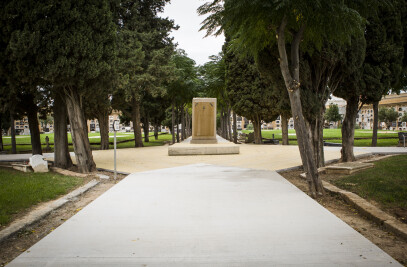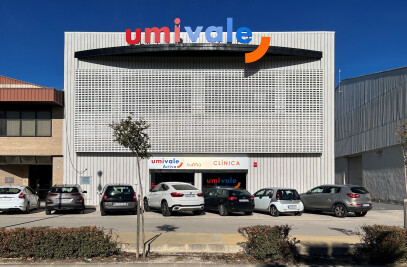Historical approach
During the Renaissance, a time of change from medieval to modern civilisation, there were substantial changes in economic and cultural processes that had a very interesting transposition on the dynamics of the historical city. Modernity then resided in the progress of civil society, which led it to need new economic structures and to regulate the incipient trade through mercantile ordinances.
The commodities exchanges accompanied this complex and vital moment, at the same time as they were the reflection of a new era that favoured the economic boom that the western Mediterranean experienced between the 13th and 16th centuries, and which exemplify the eternal architectural maxim of "for new uses, new buildings".
This substantial change was to illuminate the new building for the market and constitute its architectural impulse. What we understand today as Lonja.

The case of Benissa
The documentation that is available relates to the construction at the end of the 16th century of the commodities exchange for the lower space and the occupation of the upper floor as the Council Hall, coinciding with a period of great economic expansion of the town, thus becoming the political, legal and economic centre of the town. It would later be raised with an additional storey.
Up to the present day, and after the work carried out in the 1980s, the ground floor remains free and the two remaining upper floors have been used as a museum related to the history of the town.

Protection
Declared a Historic-Artistic Monument of Local Interest.
Registered in the General Inventory of Valencian Cultural Heritage.
Section 1ª. Assets of Cultural Interest.
Lonja de Contratación
Listed building in the Revision of the General Plan of Benissa, classified B.I.C. Asset of Cultural Interest.
Included in the scope of the Special Plan for the Protection of the Historic Centre.

Proposal
Two types of actions are required:
Intervention works for the functional adaptation of the building enabling accessibility and use of the resources for tourism.
Intervention works for the functional adaptation of the building to implement the necessary lighting, air-conditioning and fire-fighting installations to enable the development of the museographic functions to be provided.








































